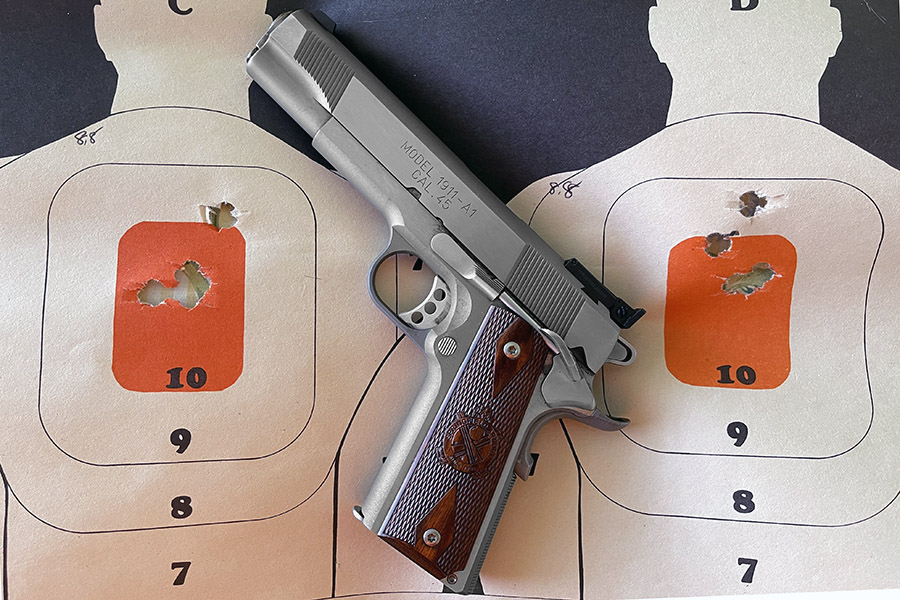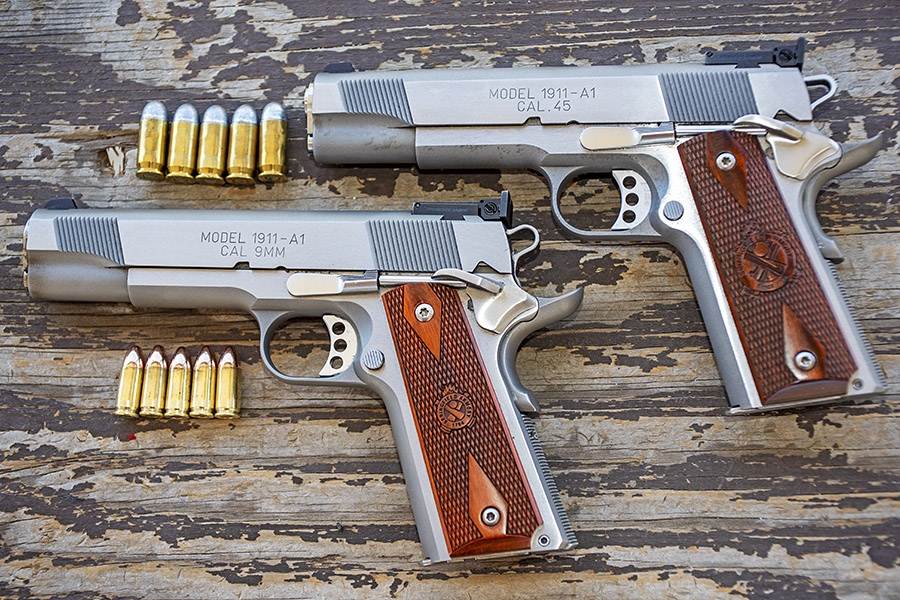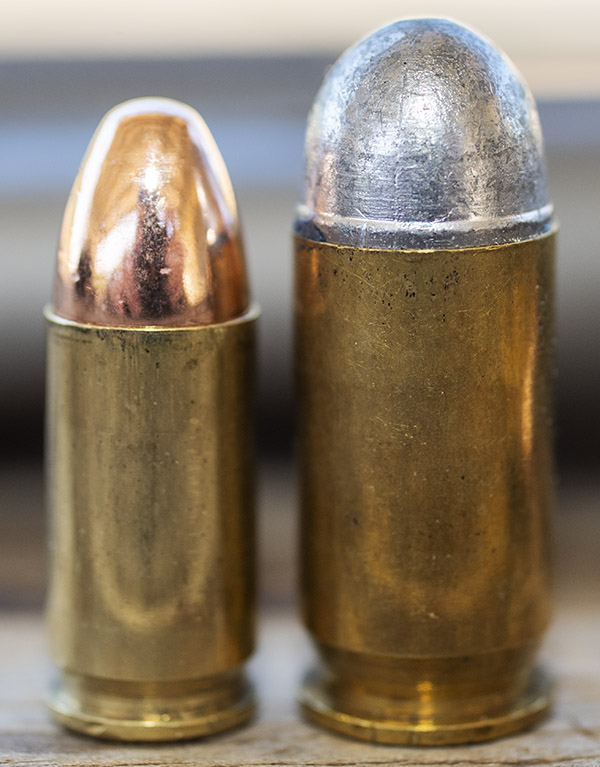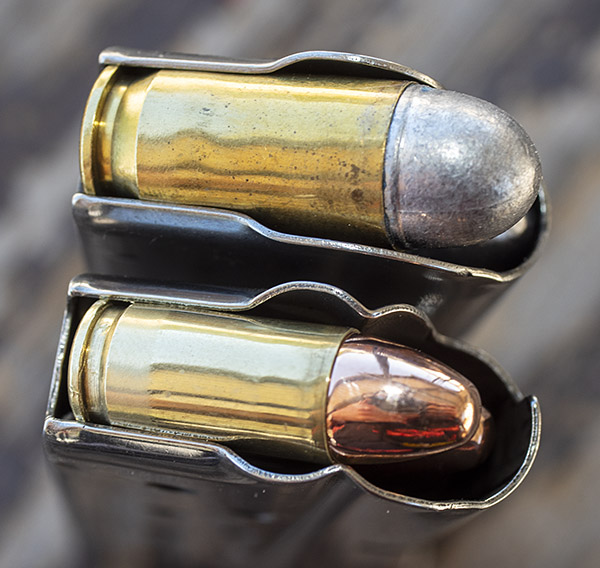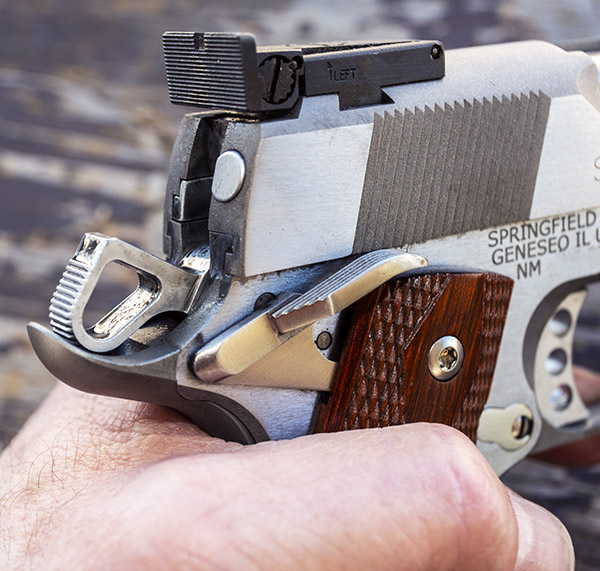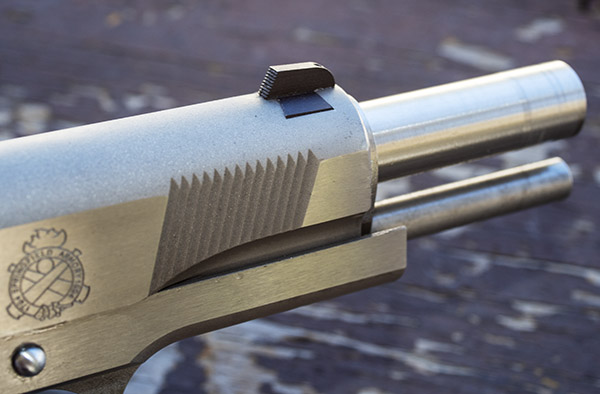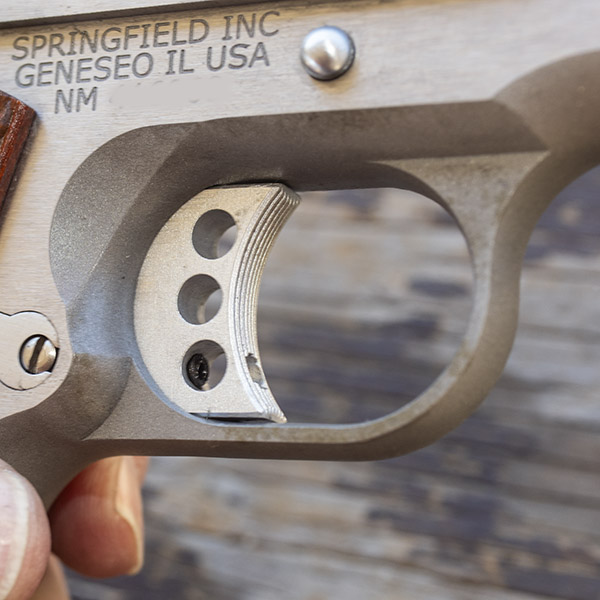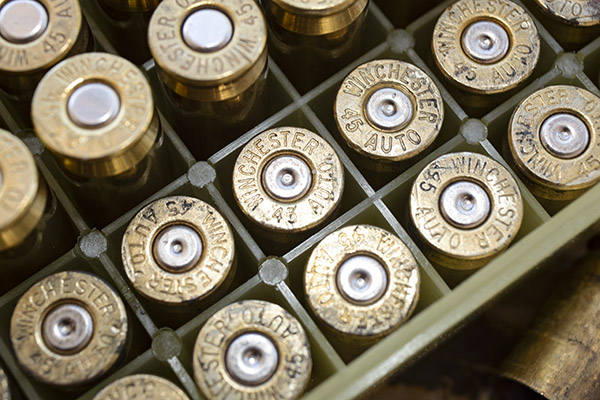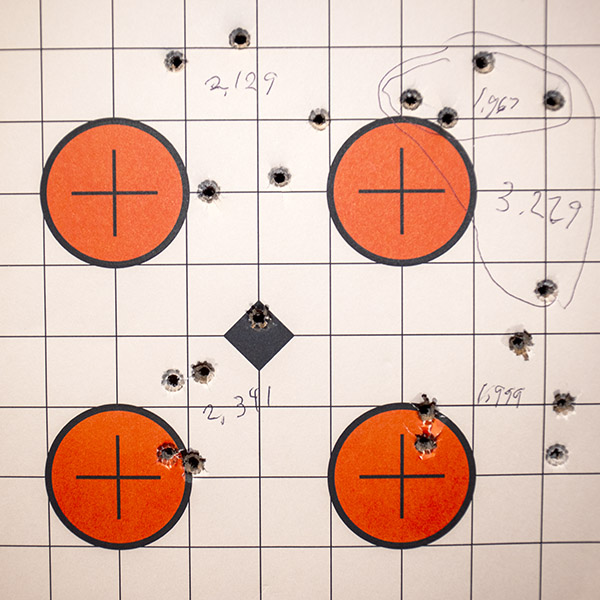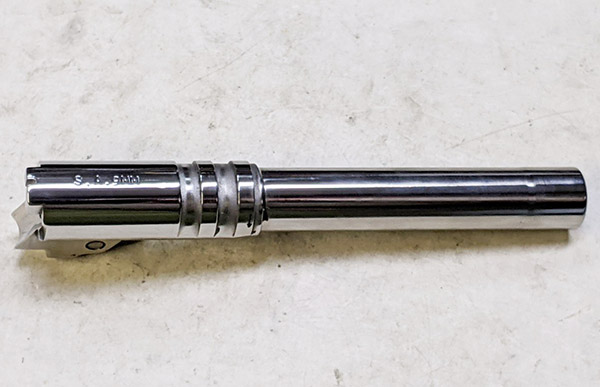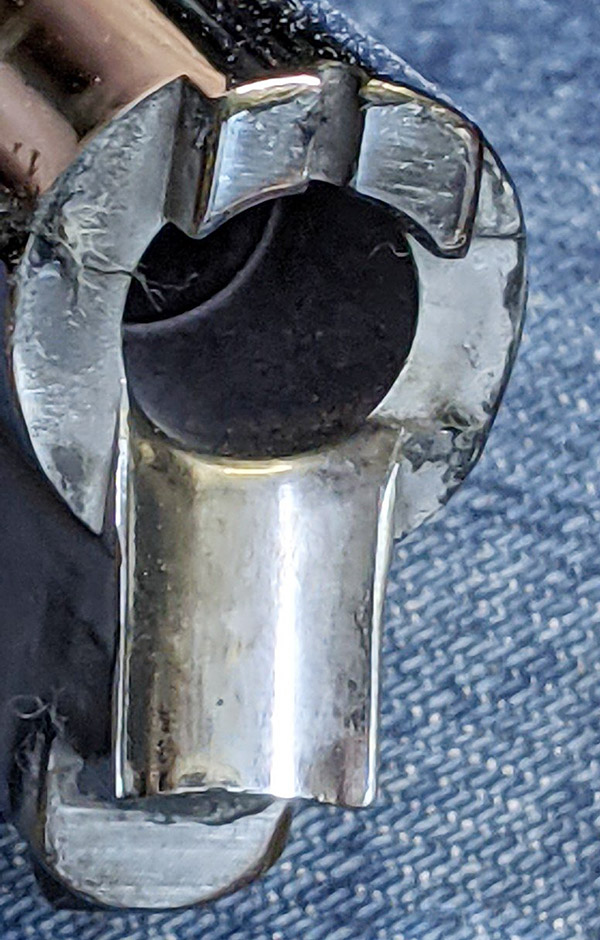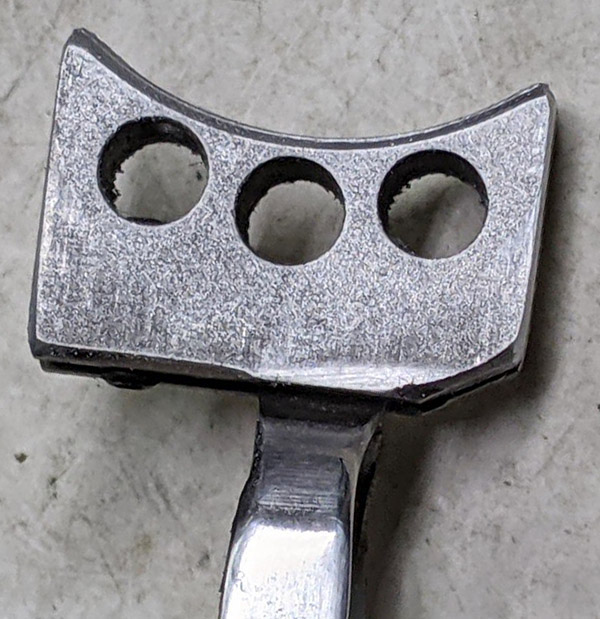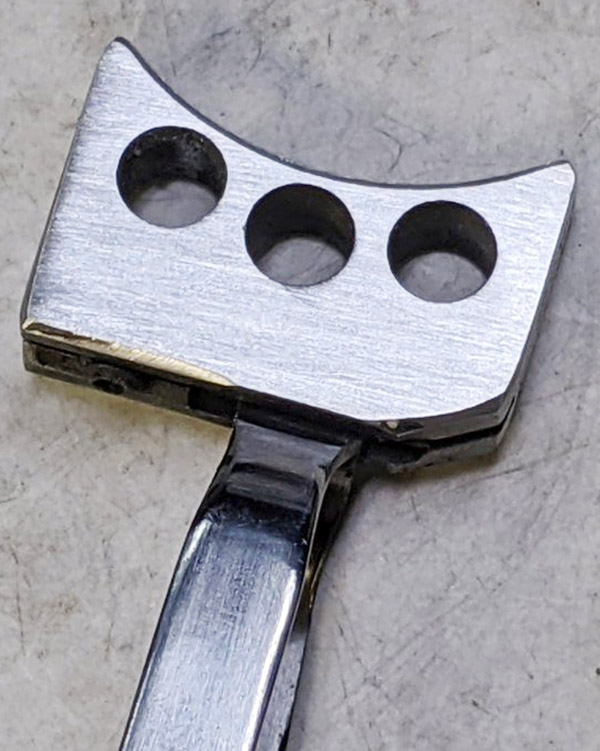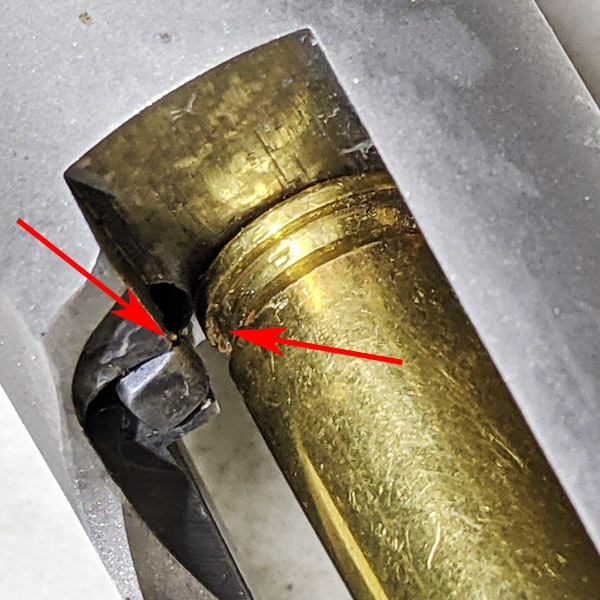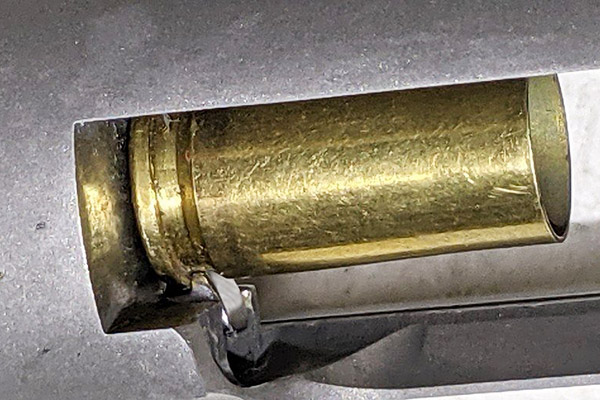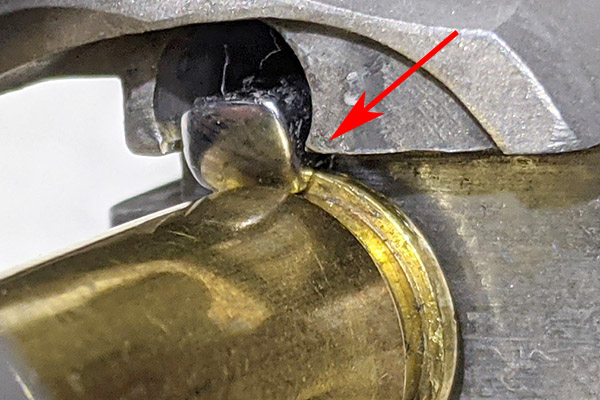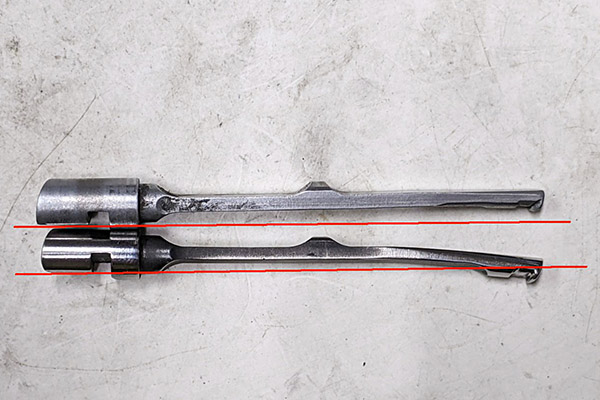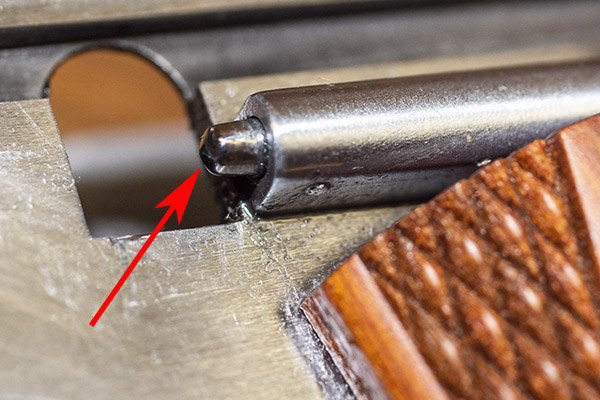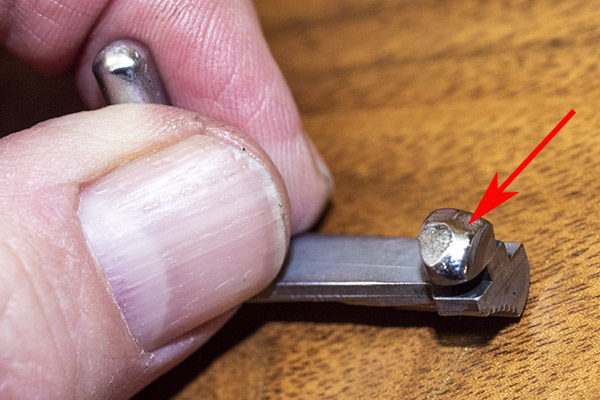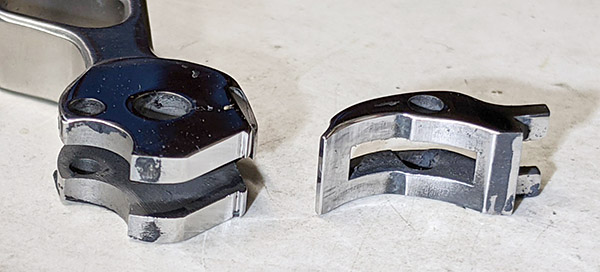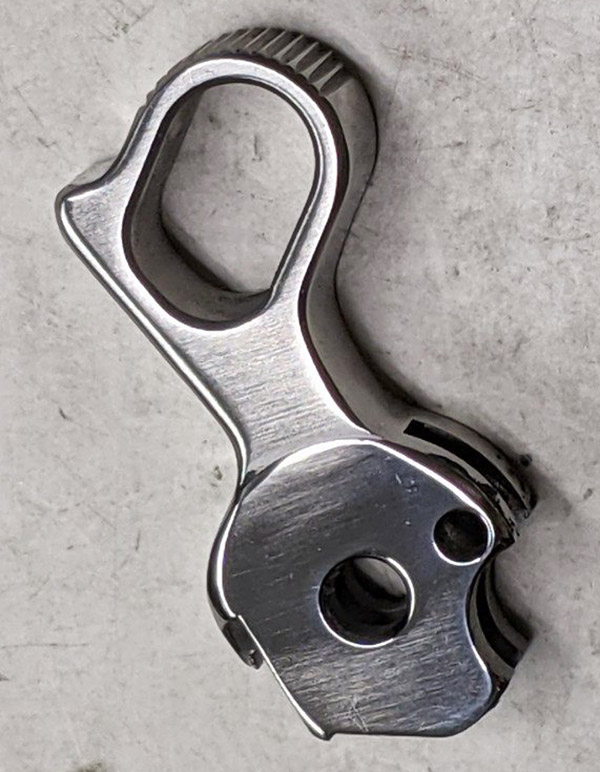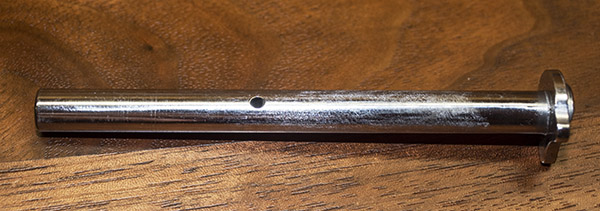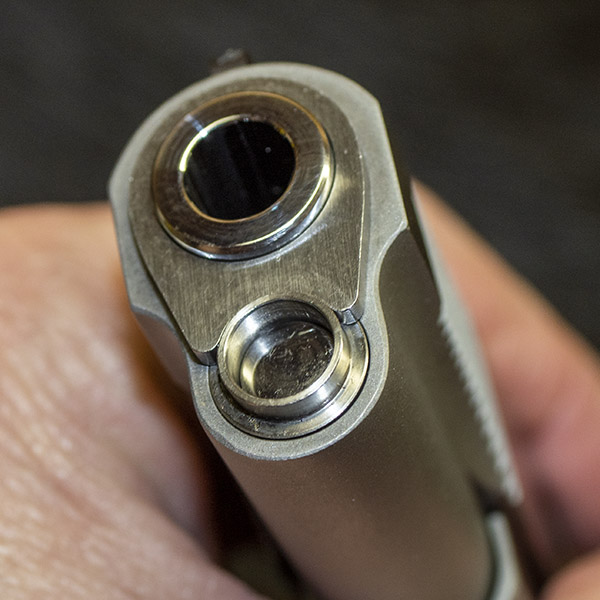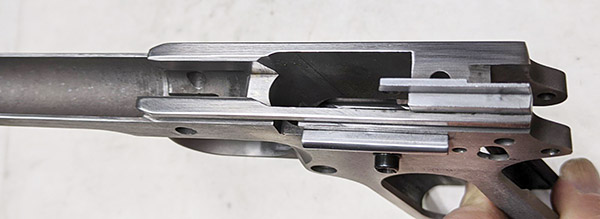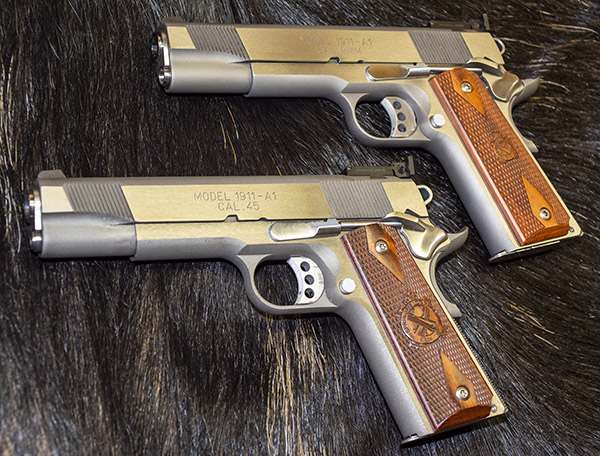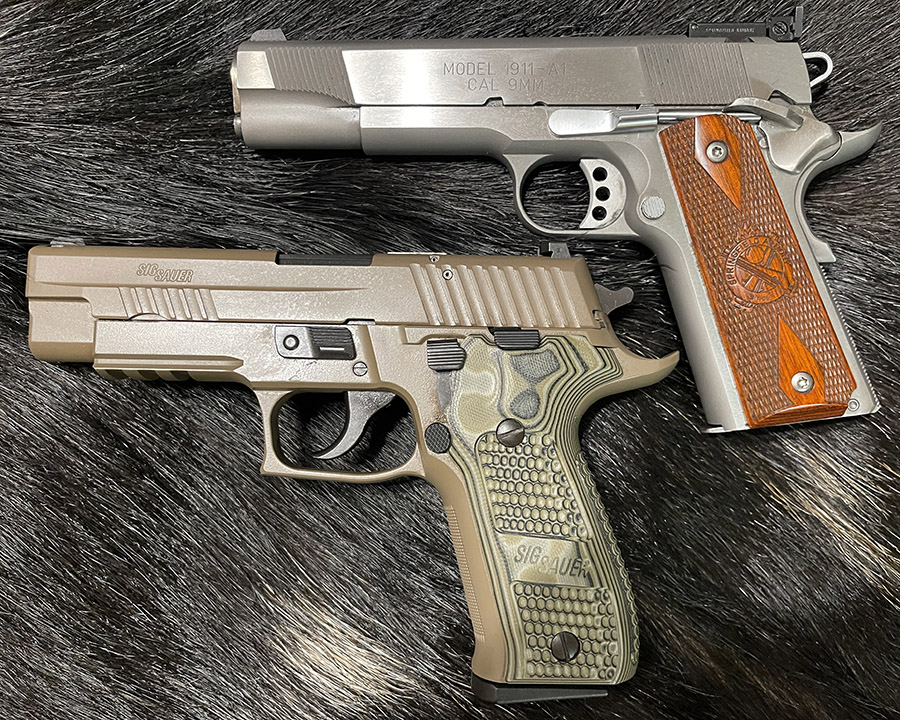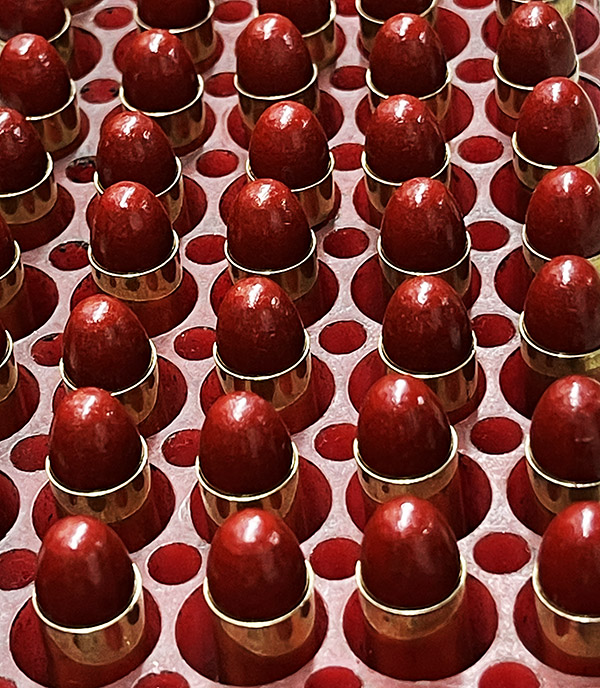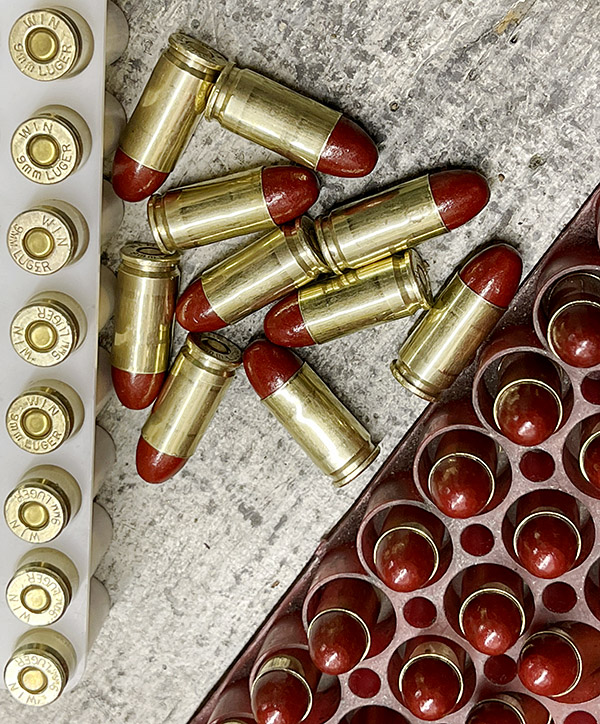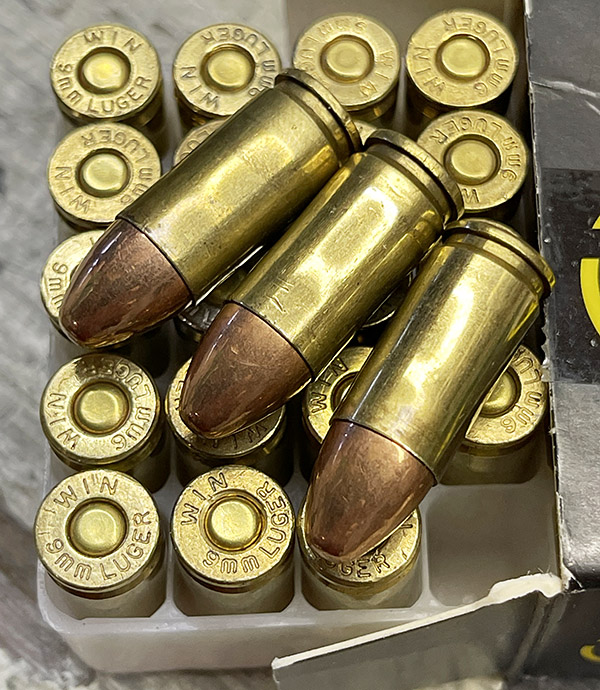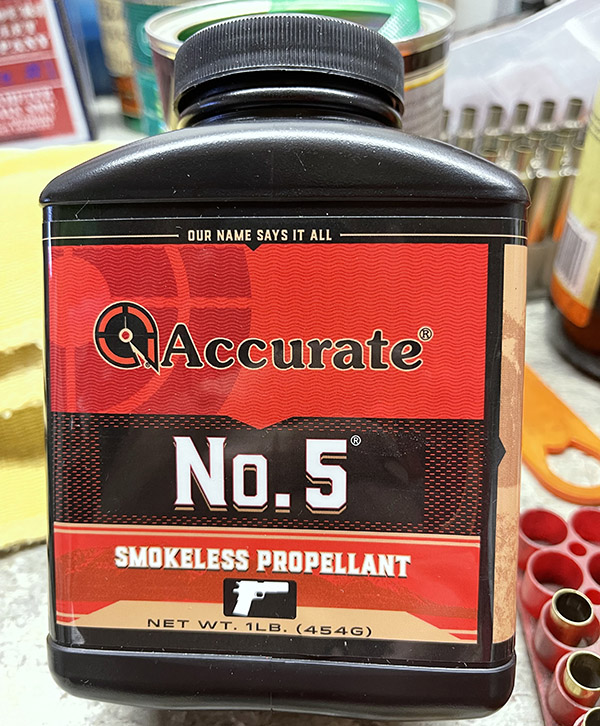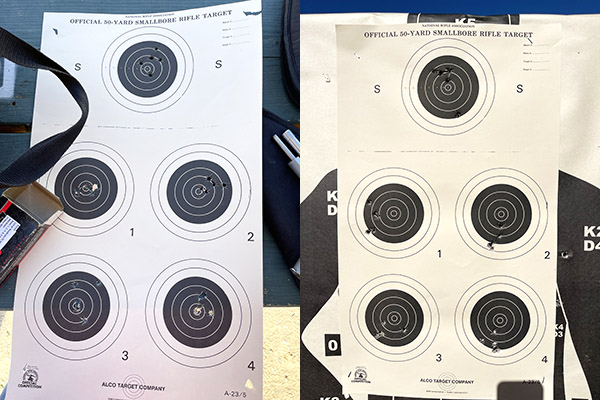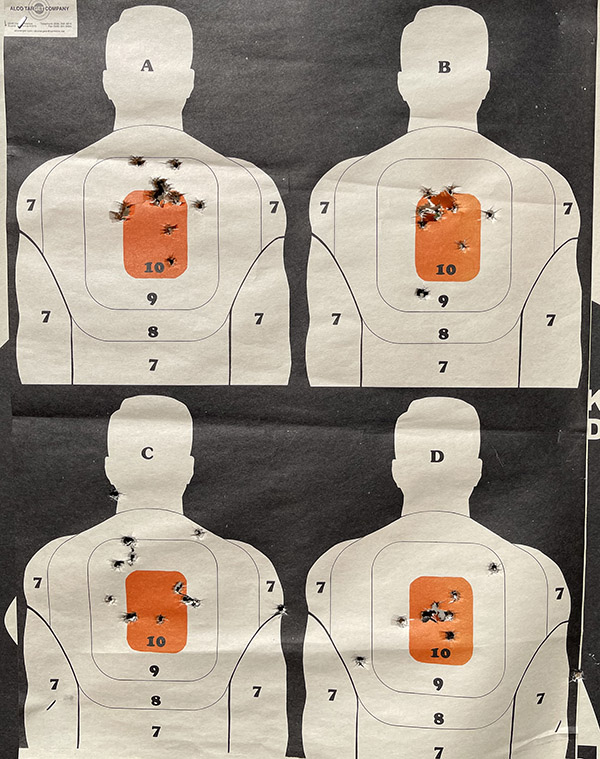By Joe Berk
This is what happens when you’re retired, it’s raining, and you have access to an indoor handgun range. In the last blog, I wrote about much I liked the ARX 118-grain .45 ACP Inceptor composite bullets. I also mentioned that I felt the 9.1-grain Power Pistol load was a bit hot for my tastes. So I continued the .45 ACP ARX bullet load development effort. I loaded 10 rounds each with the 118-grain bullets at 9.1 grains of Power Pistol (same as before), and then I loaded 10 rounds with 8.8 grains, 8.5 grains, 8.1 grains, and 7.7 grains of Power Pistol. I chronographed everything and fired at the same 10-yard distance as I had in the last blog, using the same two hand hold with no pistol rest. Just like before.
Here’s the data:

In my Springfield 1911 Target Model, all loads functioned perfectly. The loads were 100% reliable (at least with my 10 round sample size) for feed, function, and holding the slide open on the last shot.
As I had for the initial tests, I used the Alco target with four silhouettes on each sheet.
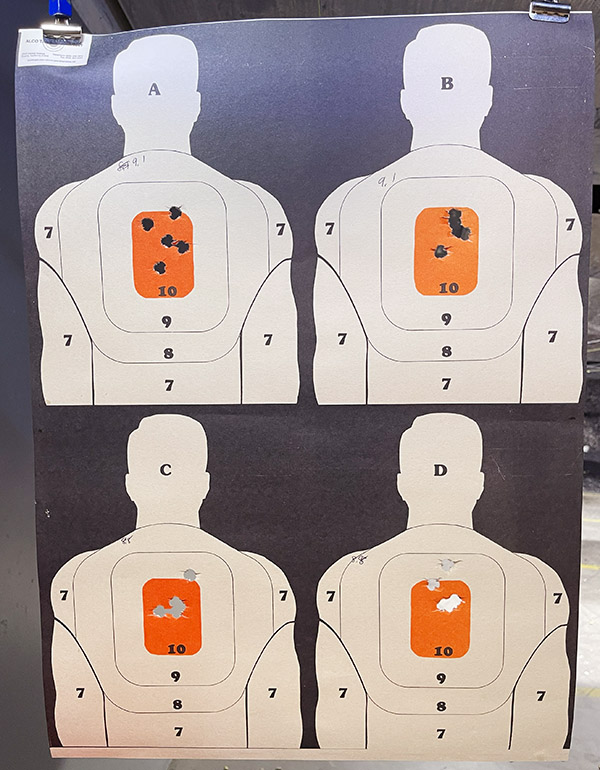
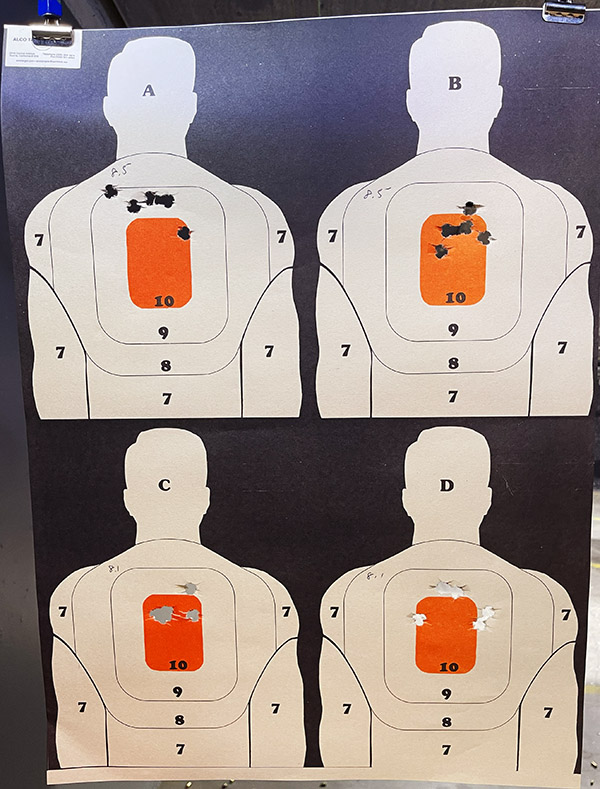
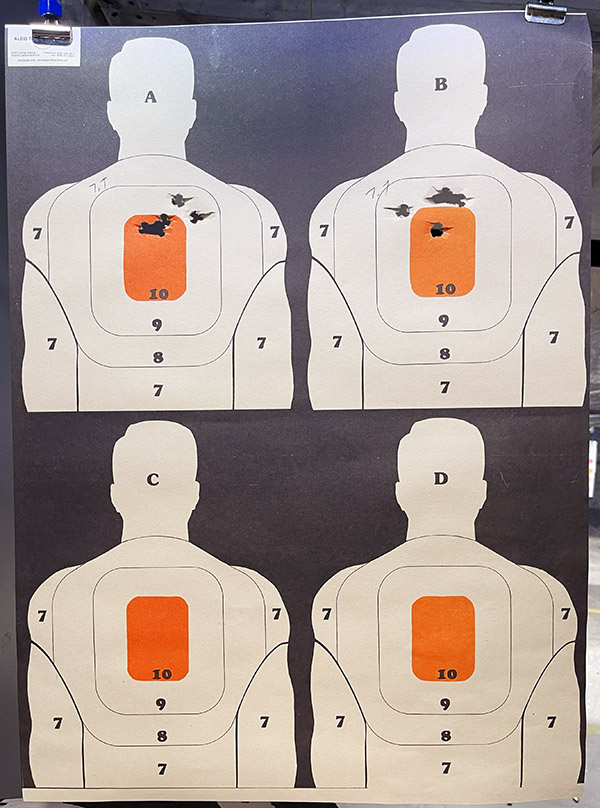
Three points are noted:
-
- As the loads get lighter, the bullets print higher on the target. That’s because the bullets are in the barrel longer as the gun is in recoil.
- The 8.8-grain load groups appear to be the most accurate. I had a flyer or two on each target, but I had several rounds make one ragged hole on each target.
- Recoil was a little bit less with the 8.8-grain load compared to the 9.1-grain load. I gave up about 45 fps in average velocity (from the 9.1-grain load), but hey, it’s a .45. Who cares? The target will never feel the difference.
Just to see if I still could rustle up my Excel skills, I put together three x-y plots showing the chrono data.

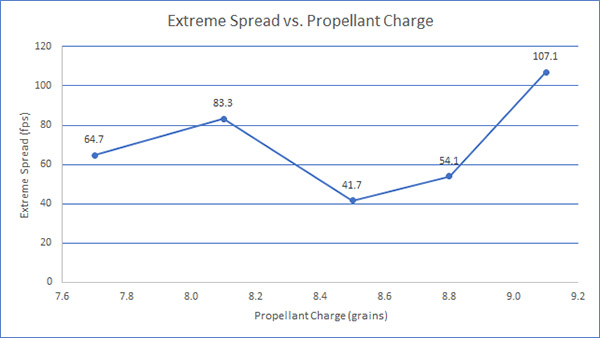
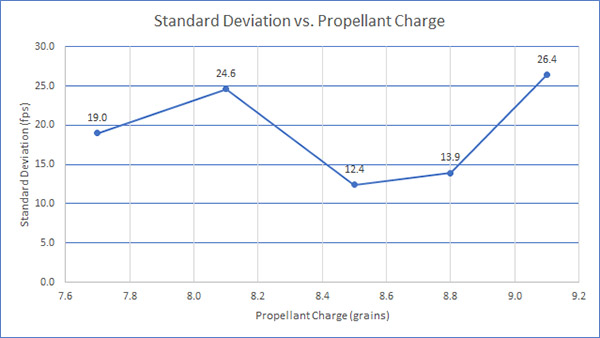
Based on the above, I decided that 8.8 grains of Power Pistol is the l load I am going with for the ARX .45 ACP bullets. You might wonder why I didn’t select 8.5 grains, as that loading provided the lowest extreme spread and standard deviation. The simple answer is that lower extreme spreads and standard deviations do not always correlate with the tightest groups. If they did, I could simply take the suggested accuracy loads in the Lyman manual and run with them (Lyman bases their accuracy load selection based on standard deviation and extreme spread), but I’ve found that my accuracy loads are often not what the reloading manuals claim to be the most accurate. Another reason is that my Lyman manuals don’t include data for the ARX composite bullets. Results on paper are what count. For this bullet in my 1911, that appears to be 8.8 grains of Power Pistol. Yeah, it could just be me getting lucky with my handheld accuracy tests, but it’s me doing the shooting, and it’s me making the selection.
Both extreme spread and standard deviation are measures of velocity variation. Of the two, I prefer standard deviation as the more meaningful. The standard deviation (represented by the Greek letter σ) is a statistics parameter representing spread around the average. What it means is that approximately 99.7% of the velocities for all shots fired will lie within the range of the average velocity minus 3σ to the average velocity plus 3σ. The average velocity for the 8.8-grain load is 1299.6fps, so our ±3σ range is 1257.9fps to 1340.7fps. If you’ve ever heard people talk about Six Sigma quality programs, they are referring to minimizing variability to ±3σ (±3σ represents a total of 6σ). It’s a fancy way of saying the odds of being outside a ±3σ range are about 1 in 1000 (it’s actually about 3 in 1000 based on that 99.7% value mentioned above; calling it 1 in 1000 is an approximation). If you understand this, you already understand more than most people who toss around 6σ terminology. I’ve spent a lot of my career in manufacturing, engineering, and quality assurance, and I can guarantee you that most people who say 6σ have no idea what they are talking about.
To get back to the main topic, I am impressed with the ARX bullets. I ordered another 2000 as I was wrapping up this blog (and by the time you read this, I will already have them). If you haven’t tried the ARX bullets, you might think about doing so.
Our first look at the ARX bullets (in 9mm and .45 ACP) is here.
Join our Facebook ExNotes page!
Never miss an ExNotes blog:

